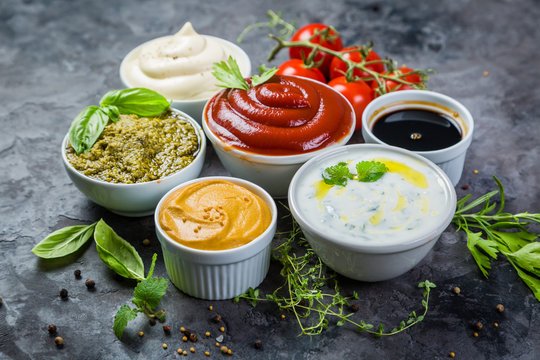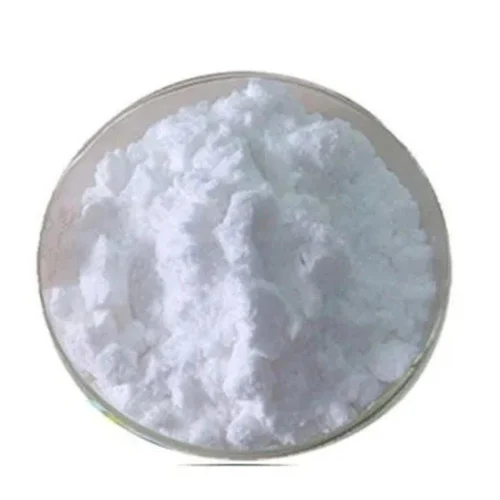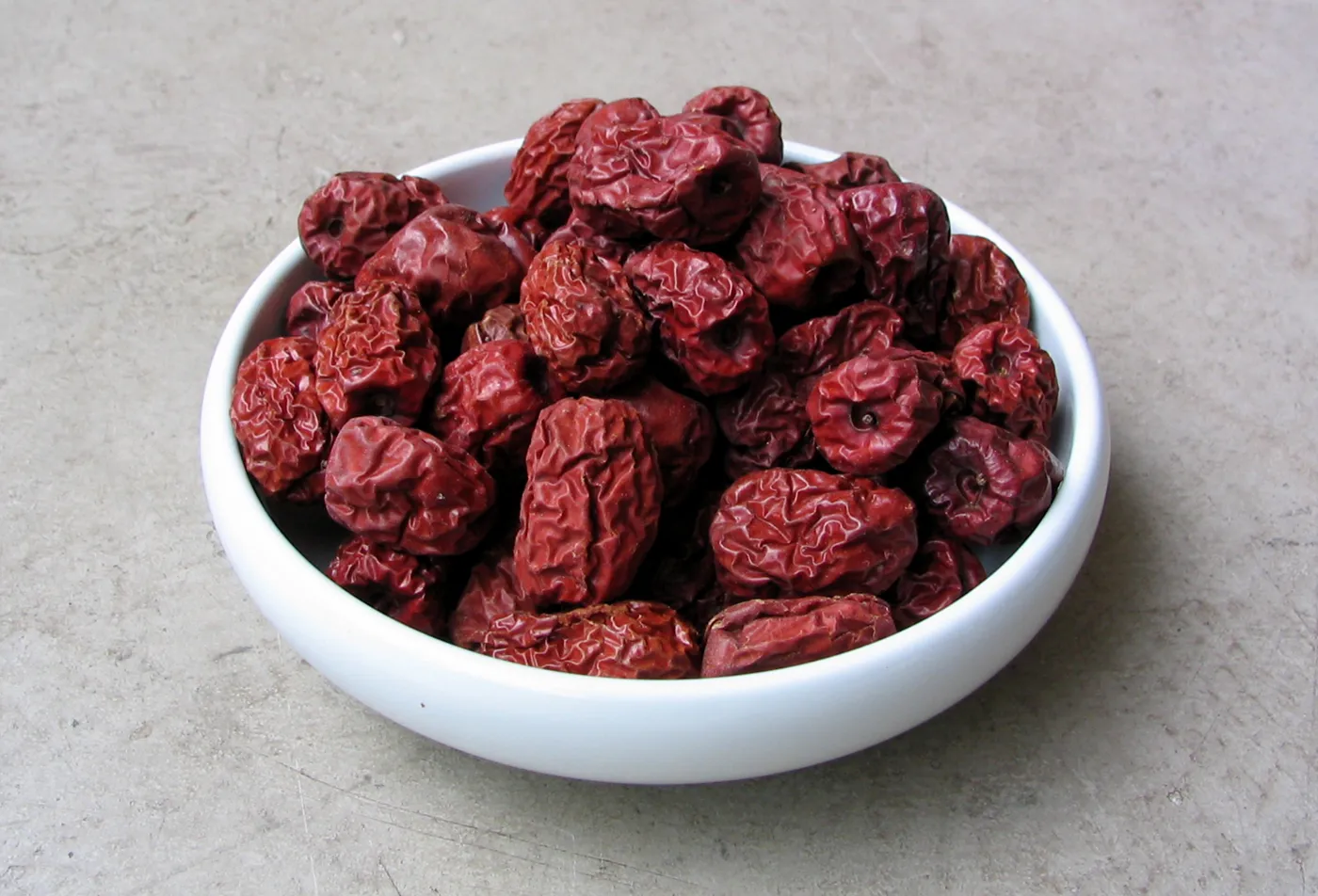Introduction to Sour Condiment NYT
Sour condiments have been an integral part of culinary traditions across the globe. They add a burst of flavor, transform dishes, and can even bring health benefits. The “sour condiment nyt” has recently captured considerable attention among food enthusiasts, home cooks, and health-conscious individuals. This blog aims to explore the fascinating world of sour condiments, highlighting their history, types, benefits, and how you can incorporate them into your meals.
Dive in to uncover the tart wonders that can elevate your culinary creations and contribute to your well-being. Whether you’re a seasoned chef or a cooking novice, you’ll find valuable insights and practical tips on how to make the most of these tangy treasures.
The History of Sour Condiments
Sour condiments have a rich history that dates back to ancient times. Civilizations across Asia, Europe, and the Americas have long used sour condiments to preserve food and enhance flavors. The “sour condiment nyt” showcases how these tangy delights have evolved over the centuries, adapting to regional tastes and culinary practices.
From the use of vinegar in ancient Rome to fermented fish sauces in Southeast Asia, sour condiments have been a staple in many cultures. These early versions were often made using natural fermentation processes, giving them unique characteristics that were both flavorful and beneficial for health.
Understanding the historical context of sour condiments helps us appreciate their enduring appeal. By tracing their origins, we can see how they have shaped and been shaped by the culinary traditions they belong to.
Types of Sour Condiments
The “sour condiment nyt” category encompasses a wide range of flavors and ingredients. Some of the most popular types include vinegar, lemon juice, pickles, kimchi, sauerkraut, tamarind, and yogurt-based sauces. Each type brings its unique profile and culinary application, making them versatile additions to any kitchen.
Vinegar, for example, comes in various forms such as apple cider, balsamic, and rice vinegar. Each type of vinegar offers distinct flavors that can be used in dressings, marinades, and sauces. Lemon juice, on the other hand, provides a fresh, zesty note that can brighten up any dish.
Other sour condiments like kimchi and sauerkraut are not only delicious but also packed with probiotics. These fermented foods have been shown to support gut health, making them a smart choice for those looking to boost their digestive well-being.
Benefits of Sour Condiments
Sour condiments are not just about flavor; they also offer numerous health benefits. The “sour condiment nyt” highlights how these tangy additions can contribute to a balanced diet. For instance, many sour condiments are rich in probiotics, which can support a healthy gut microbiome.
Additionally, sour condiments like vinegar have been shown to help regulate blood sugar levels. Studies suggest that consuming vinegar with meals can improve insulin sensitivity, making it a beneficial addition for individuals with diabetes or those looking to manage their blood sugar.
Furthermore, sour condiments can enhance nutrient absorption. The acidity in these condiments can help break down food more efficiently, allowing your body to absorb essential nutrients better. This makes sour condiments a valuable addition to meals, especially those rich in vitamins and minerals.
The Science Behind Sour Flavors
The “sour condiment nyt” phenomenon isn’t just a matter of taste—it’s backed by science. Sour flavors are primarily detected through the taste buds that sense acidity. When we consume sour foods, they trigger a reaction in our taste receptors that sends signals to our brain, registering the sour flavor.
Acids like citric acid in lemons or acetic acid in vinegar are what give these condiments their characteristic tartness. These acids can also interact with other ingredients in a dish, enhancing or balancing flavors. Understanding the chemistry behind sour flavors can help you use them more effectively in your cooking.
In addition to enhancing flavor, the acids in sour condiments can also act as preservatives. This is why many traditional preservation methods, such as pickling, rely on vinegar or other acidic substances.
How to Incorporate Sour Condiments into Your Diet
Incorporating sour condiments into your diet can be both fun and rewarding. The “sour condiment nyt” offers numerous ways to add these tangy delights to your meals. Start by experimenting with different types of vinegar in your salad dressings or marinades.
You can also try adding a splash of lemon juice to your morning smoothie for a refreshing twist. Pickles and fermented vegetables like kimchi can be added to sandwiches, wraps, or even eaten as a side dish. These small changes can make a big difference in the overall flavor and health benefits of your meals.
Another great way to incorporate sour condiments is by using them as a finishing touch. A drizzle of balsamic vinegar over roasted vegetables or a squeeze of lime over grilled fish can elevate your dishes to new heights.

Sour Condiments in Different Cuisines
Sour condiments play a crucial role in various cuisines around the world. The “sour condiment nyt” explores how different cultures use these tangy ingredients to enhance their dishes. For example, in Thai cuisine, tamarind paste is used to add a sour note to soups and stir-fries.
In Indian cuisine, yogurt-based sauces like raita are used to balance spicy dishes. Mexican cuisine often features lime juice as a key ingredient in salsas and marinades. Each culture has its unique take on sour condiments, showcasing their versatility and universal appeal.
By exploring how different cuisines use sour condiments, you can find new and exciting ways to incorporate them into your cooking. This can open up a world of flavors and culinary possibilities, making your meals more diverse and enjoyable.
DIY Sour Condiments
Making your sour condiments at home can be a fulfilling experience. The “sour condiment nyt” encourages home cooks to try their hand at creating these tangy delights from scratch. Start with something simple like pickled cucumbers or homemade sauerkraut.
To make pickled cucumbers, you’ll need cucumbers, vinegar, water, salt, and your choice of spices. Combine the ingredients and let them sit in the fridge for a few days. For sauerkraut, you’ll need cabbage, salt, and a jar. Massage the salt into the cabbage, pack it tightly into the jar, and let it ferment for a few weeks.
These DIY projects can be a fun way to explore the world of sour condiments and create customized flavors that suit your taste. Plus, homemade condiments often taste better and are free from preservatives and additives.
Pairing Sour Condiments with Food
Knowing how to pair sour condiments with different foods can take your culinary skills to the next level. The “sour condiment nyt” provides some guidelines to help you make the best pairings. For instance, vinegar-based dressings work well with leafy greens and crunchy vegetables.
Lemon juice can enhance the flavor of seafood and poultry, while pickles add a tangy crunch to sandwiches and burgers. Fermented condiments like kimchi and sauerkraut can be paired with grilled meats or used as a topping for rice bowls.
Experimenting with different pairings can help you discover new flavor combinations and make your meals more exciting. Don’t be afraid to get creative and try something new!
Storing and Preserving Sour Condiments
Proper storage is essential to maintain the quality and flavor of your sour condiments. The “sour condiment nyt” offers some tips on how to store these tangy treasures. Vinegar-based condiments should be stored in a cool, dark place to prevent them from losing their potency.
Fermented condiments like kimchi and sauerkraut should be kept in the refrigerator to slow down the fermentation process. Pickles can also be stored in the fridge, although they can last longer if properly canned.
By following these storage tips, you can ensure that your sour condiments remain fresh and flavorful for as long as possible. This will help you get the most out of these versatile ingredients.

The Future of Sour Condiments
The “sour condiment nyt” phenomenon is not just a passing trend. Sour condiments are here to stay, and their popularity is only expected to grow. With increasing awareness of their health benefits and versatility, more people are incorporating these tangy delights into their diets.
Innovations in food technology and culinary arts are also leading to the creation of new and exciting sour condiments. From probiotic-rich ferments to artisanal vinegars, the future of sour condiments looks bright and full of possibilities.
By staying informed about these trends, you can keep your culinary repertoire fresh and exciting. This will allow you to continue enjoying the unique flavors and benefits of sour condiments for years to come.
Conclusion
Sour condiments are a delightful addition to any kitchen, offering a unique blend of flavor and health benefits. The “sour condiment nyt” showcases how these tangy treasures have captured the hearts and palates of food enthusiasts, home cooks, and health-conscious individuals alike.
By understanding their history, types, benefits, and culinary applications, you can make the most of these versatile ingredients. Whether you’re looking to enhance your meals, boost your health, or simply explore new flavors, sour condiments have something to offer.
Don’t wait to start your sour condiment adventure. Explore, experiment, and enjoy the delightful world of tangy flavors that await you. For more tips and recipes, consider joining our community of culinary enthusiasts and take your cooking to the next level.












